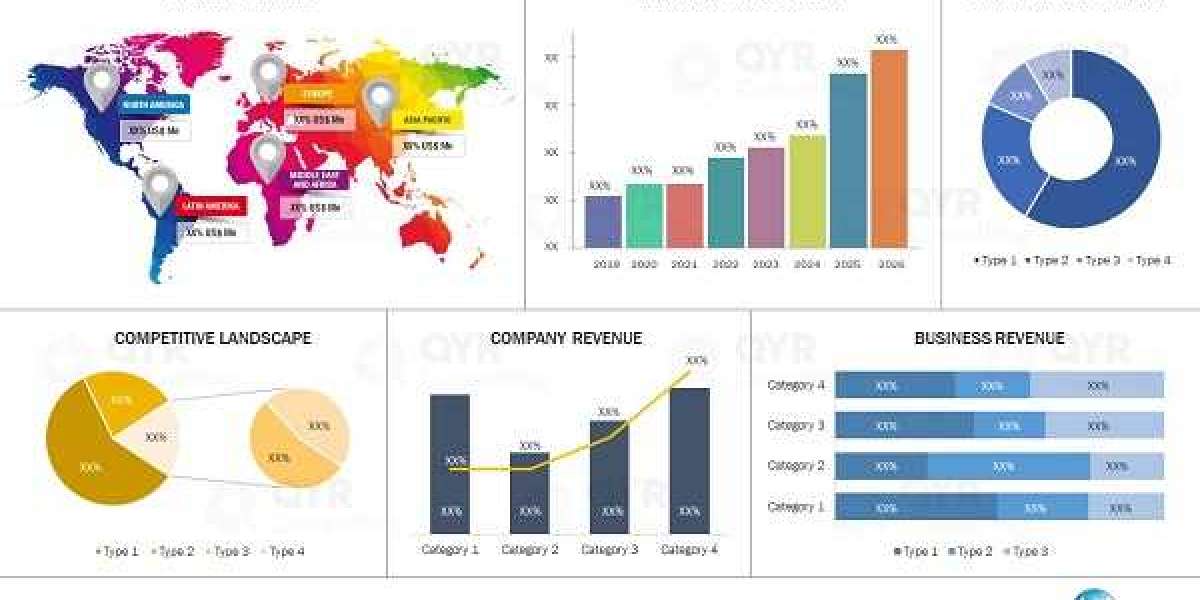Security and fairness are just as important as responsible gaming, and 11xplay online encourages players to set limits, take breaks, and seek assistance when gaming becomes too much for them. Self-exclusion tools and deposit caps contribute to the preservation of gaming as a fun and enjoyable activity.
بحث
منشورات شائعة
-
 Whole Life Insurance vs. Term Life Insurance: Which is Right for You in 2025
Whole Life Insurance vs. Term Life Insurance: Which is Right for You in 2025
-
 Future of 2-Chlorobenzyl Cyanide Market: Emerging Trends & Growth Forecast (2025–2031)
Future of 2-Chlorobenzyl Cyanide Market: Emerging Trends & Growth Forecast (2025–2031)
-
 Ultra-High Performance Concrete Market Overview: Growth, Share, Value, Insights, and Trends
Ultra-High Performance Concrete Market Overview: Growth, Share, Value, Insights, and Trends
-
 Quantum Computing: The Next Technological Revolution
Quantum Computing: The Next Technological Revolution
-
 Expert Law Assignment Help by Digi Assignment Help
Expert Law Assignment Help by Digi Assignment Help






